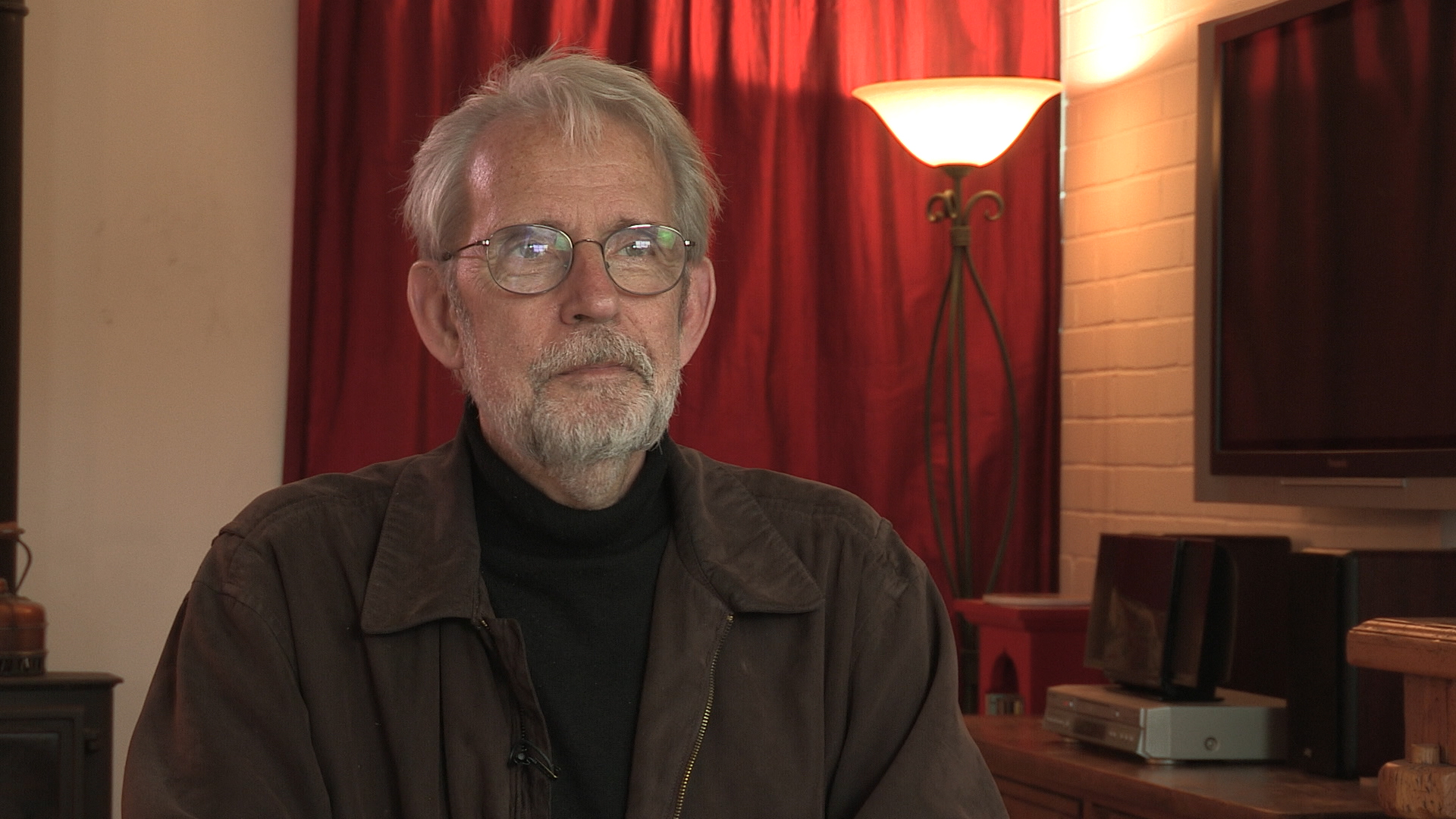NEXT STORY

The English Patient: The complicated switch from film to digital
RELATED STORIES

NEXT STORY

The English Patient: The complicated switch from film to digital
RELATED STORIES


|
Views | Duration | |
|---|---|---|---|
| 161. Al Pacino becoming a star | 49 | 03:19 | |
| 162. How bad casting can sink a film | 44 | 03:33 | |
| 163. What is stardom? | 33 | 05:02 | |
| 164. Alan Ladd: Good but not great | 51 | 02:43 | |
| 165. Dangers of becoming a star | 38 | 03:44 | |
| 166. Robert De Niro in disguise | 71 | 01:18 | |
| 167. The English Patient: Close to miscasting | 57 | 03:31 | |
| 168. The English Patient: 'Can we go digital?' | 57 | 02:47 | |
| 169. The English Patient: The complicated switch from film... | 47 | 04:22 | |
| 170. The English Patient: The first steps in digital... | 53 | 03:40 |


As a result of this, 20th Century dropped out of the making of the film a month before shooting. And Miramax, Harvey Weinstein came in. Saul [Zaentz] was putting in a lot of his own money. So he didn't need the full support of a studio on it. But he did need extra support. And that's what Miramax was able to provide. I don't know all of the ins and the outs of the financing of it. But it was a delicate thing that could have easily collapsed at the last minute, even though we were all in Italy, getting ready to shoot the film.
And at the time, I was ignorant of a lot of this going on. I only learned about it later. And I had proposed to Anthony and Saul that on this film, 'Let's use digital editing equipment.' At that time, the only real option, as far as I was concerned, was the Avid. There were a number of other systems that were around. But I thought it might be good on this film to try it. And the answer came back that they didn't want to use it because Anthony had asked some of his friends in London, who had experience with it. And they said, 'Don't do it because it allows for too much studio interference. If you work in work print, there's only one copy of the work print. And that's it. And it's very difficult to get hold of that work print, and do things with it, without the knowledge of the... cooperation of the director. Whereas, when things are digital, it's easy to just clone a bunch of information, and ship it to the studio. And then, they do stuff with it. Don't do it', they said to Anthony. So Anthony said, 'No, I want to stay with film.' So we began shooting English Patient on film. And I was editing it on the KEM editing machine that I used on First Knight, just a few months previous. And everything was fine. It was a very slight disappointment on my part. Slight because it meant I would have to learn... Even though I was proposing it, I would have to learn the [Avid] system. I'd used it on some music videos, and some special effects sections of other films. But I hadn't really engaged with it on a deep level.
Born in 1943 in New York City, Murch graduated from the University of Southern California's School of Cinema-Television. His career stretches back to 1969 and includes work on Apocalypse Now, The Godfather I, II, and III, American Graffiti, The Conversation, and The English Patient. He has been referred to as 'the most respected film editor and sound designer in modern cinema.' In a career that spans over 40 years, Murch is perhaps best known for his collaborations with Francis Ford Coppola, beginning in 1969 with The Rain People. After working with George Lucas on THX 1138 (1971), which he co-wrote, and American Graffiti (1973), Murch returned to Coppola in 1974 for The Conversation, resulting in his first Academy Award nomination. Murch's pioneering achievements were acknowledged by Coppola in his follow-up film, the 1979 Palme d'Or winner Apocalypse Now, for which Murch was granted, in what is seen as a film-history first, the screen credit 'Sound Designer.' Murch has been nominated for nine Academy Awards and has won three, for best sound on Apocalypse Now (for which he and his collaborators devised the now-standard 5.1 sound format), and achieving an unprecedented double when he won both Best Film Editing and Best Sound for his work on The English Patient. Murch’s contributions to film reconstruction include 2001's Apocalypse Now: Redux and the 1998 re-edit of Orson Welles's Touch of Evil. He is also the director and co-writer of Return to Oz (1985). In 1995, Murch published a book on film editing, In the Blink of an Eye: A Perspective on Film Editing, in which he urges editors to prioritise emotion.
Title: "The English Patient": 'Can we go digital?'
Listeners: Christopher Sykes
Christopher Sykes is an independent documentary producer who has made a number of films about science and scientists for BBC TV, Channel Four, and PBS.
Tags: The English Patient, Saul Zaentz
Duration: 2 minutes, 47 seconds
Date story recorded: April 2016
Date story went live: 29 March 2017